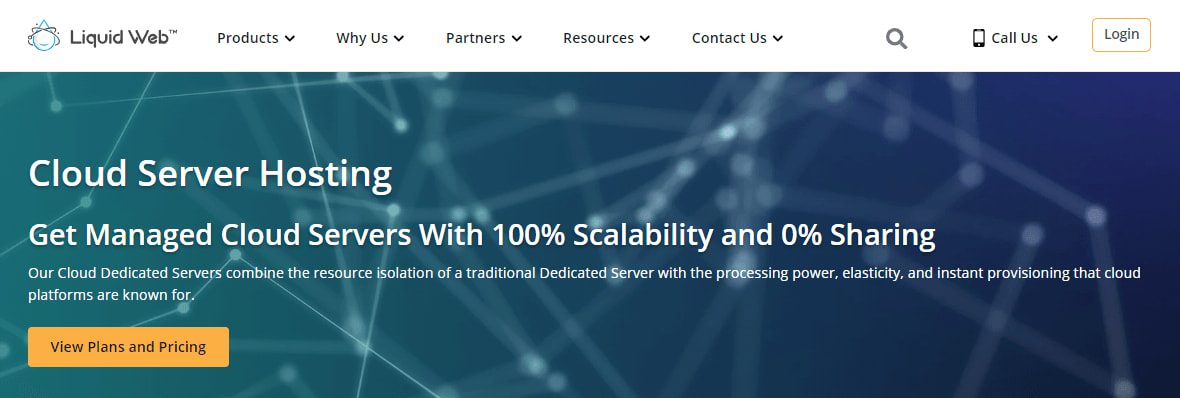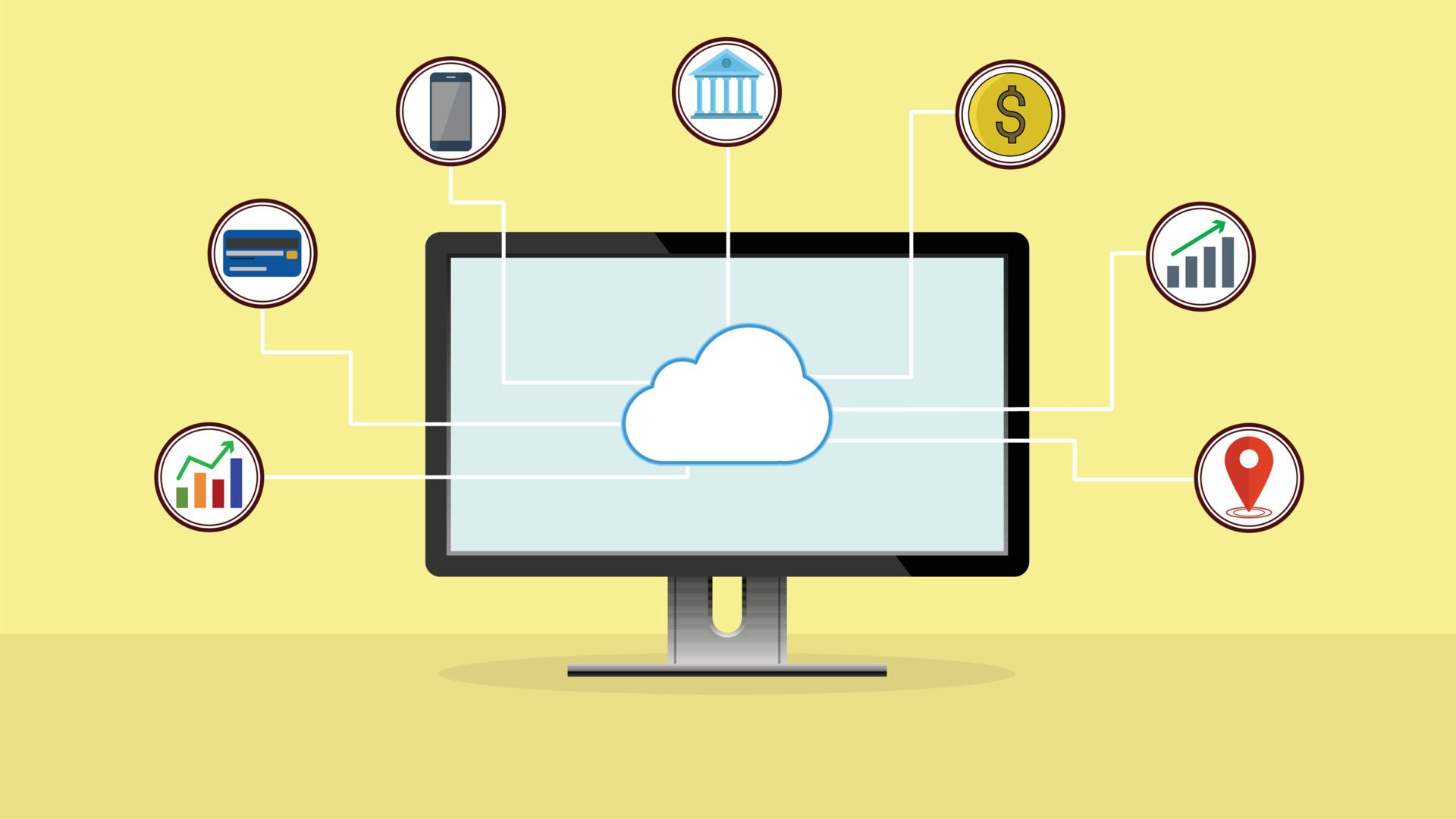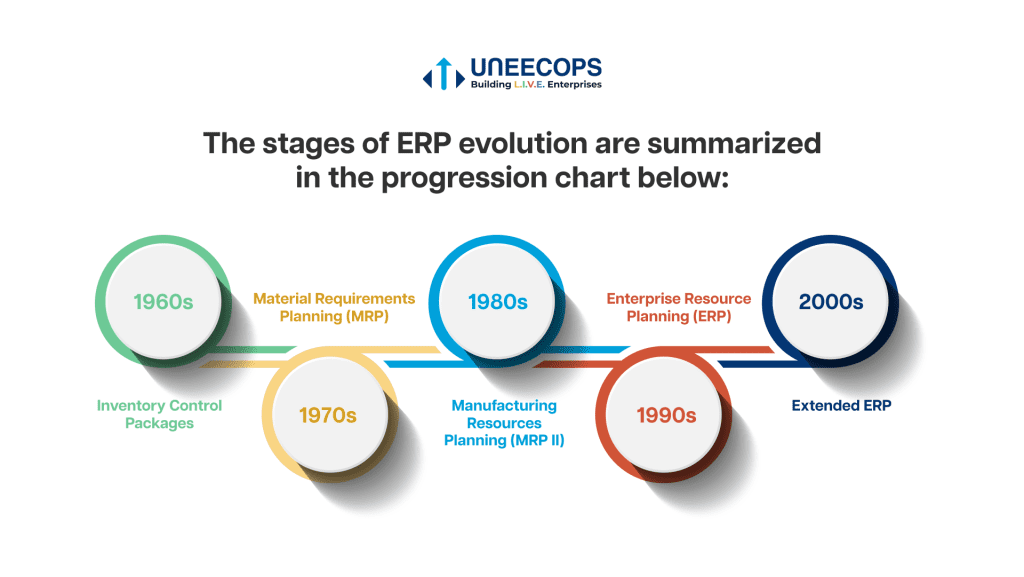Cloud Workload Protection
Welcome to our guide on protecting your workloads in the cloud with cloud workload protection! As more businesses move their operations to the cloud, ensuring the security of their data and applications becomes crucial. Cloud workload protection helps safeguard your workloads from cyber threats, unauthorized access, and data breaches, providing peace of mind for both you and your customers. In this article, we will explore the importance of cloud workload protection and offer tips for keeping your data safe in the cloud.
Importance of Cloud Workload Protection
Cloud Workload Protection is a crucial aspect of ensuring the security and integrity of your organization’s data and assets in the cloud. In today’s digital landscape, where cyber threats are continually evolving and becoming more sophisticated, protecting your cloud workloads is more important than ever.
Cloud workloads are essentially the applications, workloads, and data that are stored and processed in the cloud environment. These workloads are the lifeblood of your organization, containing sensitive information, intellectual property, and critical business data. Without adequate protection, these workloads are vulnerable to a wide range of cyber threats, including malware, ransomware, data breaches, and insider attacks.
By implementing robust cloud workload protection measures, you can effectively safeguard your organization’s data and assets from these threats. This not only helps prevent costly data breaches and downtime but also ensures compliance with data protection regulations and industry standards. Additionally, protecting your cloud workloads can help maintain customer trust and reputation by demonstrating your commitment to data security and privacy.
One of the key benefits of cloud workload protection is its ability to provide real-time visibility and control over your cloud workloads. This allows you to monitor and analyze the behavior of your applications and data in the cloud, detect any suspicious activities or anomalies, and take immediate action to mitigate any potential threats. With cloud workload protection, you can also enforce security policies and access controls to prevent unauthorized access to your data and applications.
Furthermore, cloud workload protection can help you streamline your security operations and improve the overall efficiency of your cybersecurity strategy. By consolidating your security tools and technologies into a single platform, you can simplify security management, reduce complexity, and lower operational costs. This centralized approach also enables you to respond quickly to security incidents, automate threat response processes, and proactively address emerging threats before they escalate.
In conclusion, cloud workload protection is a critical component of your organization’s cybersecurity strategy. By implementing robust protection measures for your cloud workloads, you can effectively safeguard your data and assets, maintain compliance with regulations, and enhance the overall security posture of your organization. With the ever-increasing threat landscape and the growing reliance on cloud technologies, investing in cloud workload protection is essential to protect your business from cyber threats and ensure business continuity.
Key Challenges in Securing Cloud Workloads
Securing cloud workloads can be a complex and challenging task due to a variety of factors. One of the key challenges is the dynamic nature of cloud environments. Cloud workloads can be constantly changing, with new instances being spun up and down, making it difficult to keep track of all the assets and ensure they are properly secured. This dynamic nature also means that traditional security measures may not always be effective in protecting cloud workloads.
Another challenge in securing cloud workloads is the lack of visibility and control. In traditional on-premises environments, IT teams have full visibility into their infrastructure and can easily monitor and control access to resources. However, in the cloud, workloads are distributed across multiple environments and providers, making it difficult to maintain a clear view of all assets and control who has access to them. This lack of visibility can leave organizations vulnerable to security breaches and data leaks.
Furthermore, securing cloud workloads requires a different approach than securing on-premises workloads. Traditional security tools and practices may not be well-suited for the cloud environment, leading to gaps in security coverage. Organizations need to adopt cloud-native security solutions that are specifically designed to protect cloud workloads and address the unique challenges they present.
Compliance and regulatory requirements also pose a challenge in securing cloud workloads. Many industries have strict data protection regulations that organizations must adhere to, such as GDPR or HIPAA. Ensuring compliance in the cloud can be challenging, as data is stored and processed in multiple locations, making it difficult to track and control where sensitive information is being stored. Organizations need to implement robust security measures to ensure they remain compliant while leveraging the benefits of the cloud.
Lastly, the shared responsibility model of cloud computing adds complexity to securing cloud workloads. Cloud providers are responsible for the security of the underlying infrastructure, while organizations are responsible for securing their own data and applications. This shared responsibility requires organizations to carefully delineate responsibilities and implement security measures that protect their workloads in the cloud.
In conclusion, securing cloud workloads presents a number of challenges that organizations must address in order to protect their data and applications in the cloud. By understanding and mitigating these challenges, organizations can ensure that their cloud workloads remain secure and compliant with regulatory requirements.
Best Practices for Cloud Workload Protection
When it comes to protecting your cloud workloads, there are several best practices that you should follow to ensure the security of your data and infrastructure. Here are some key tips to help you enhance your cloud workload protection:
1. Implement Multi-Factor Authentication (MFA): One of the first steps you should take to secure your cloud workloads is to implement multi-factor authentication. MFA adds an extra layer of security by requiring users to provide two or more forms of verification before granting access to their accounts. This helps prevent unauthorized access and protects your data from potential threats.
2. Encrypt Your Data: Encrypting your data is crucial for ensuring the privacy and security of your information stored in the cloud. By encrypting your data, you can protect it from unauthorized access and ensure that only authorized users can view or modify it. Make sure to use strong encryption algorithms and keys to provide an extra layer of protection for your cloud workloads.
3. Regularly Update and Patch Your Systems: Keeping your cloud workloads up-to-date with the latest security patches and updates is essential for protecting them from vulnerabilities and potential cyber threats. Hackers are constantly looking for weaknesses in systems to exploit, so it is crucial to regularly update and patch your systems to keep them secure. Set up automatic updates whenever possible to ensure that your cloud workloads are always protected with the latest security features.
4. Use Network Segmentation: Implementing network segmentation is another important best practice for cloud workload protection. By dividing your network into smaller, isolated segments, you can minimize the potential impact of a security breach and prevent hackers from moving laterally within your network. This helps contain any security incidents and limits the damage they can cause to your cloud workloads.
5. Monitor and Audit Your Cloud Workloads: Regularly monitoring and auditing your cloud workloads is crucial for identifying any suspicious activities or security breaches that may occur. By monitoring your cloud workloads in real-time, you can quickly detect and respond to any security incidents before they escalate. Additionally, conducting regular security audits can help you identify and address any vulnerabilities in your systems before they are exploited by attackers.
By following these best practices for cloud workload protection, you can enhance the security of your data and infrastructure in the cloud. Remember to stay vigilant and proactive in managing your cloud workloads to ensure that they are always protected from potential threats.
Role of Automation in Cloud Workload Security
Automation plays a crucial role in enhancing cloud workload security by enabling organizations to efficiently manage and secure their cloud environments. With the increasing complexity and scale of cloud workloads, manual security processes are no longer sufficient to protect against evolving threats. Automation helps streamline security tasks and responses, enabling quicker detection and mitigation of potential risks.
One key benefit of automation in cloud workload security is the ability to continuously monitor and analyze workloads for any suspicious activity. Automated security tools can quickly identify anomalies and alert security teams, enabling them to take immediate action to protect the organization’s cloud environment. By automating security monitoring, organizations can significantly reduce the time and resources required to detect and respond to security incidents.
In addition to improving threat detection and response, automation also plays a crucial role in enforcing security policies and compliance requirements across cloud workloads. By automating security policy enforcement, organizations can ensure consistent and accurate security measures are in place to protect their data and applications. Automated compliance checks also help organizations meet regulatory requirements and avoid costly penalties.
Furthermore, automation in cloud workload security allows organizations to quickly adapt and respond to new security threats and vulnerabilities. Automated security systems can automatically apply patches and updates to workloads, reducing the risk of exploitation from known vulnerabilities. By automating these routine security tasks, organizations can proactively protect their cloud environments from emerging threats and cyber attacks.
Another key aspect of automation in cloud workload security is the ability to scale security measures to match the dynamic nature of cloud environments. As organizations scale their cloud workloads, manual security processes become increasingly time-consuming and prone to errors. Automation helps organizations efficiently manage security across a growing number of workloads, ensuring consistent protection without adding unnecessary complexity.
Overall, automation plays a critical role in enhancing cloud workload security by enabling organizations to efficiently manage and secure their cloud environments. By automating security monitoring, policy enforcement, threat response, and scalability, organizations can proactively protect their data and applications from evolving threats and vulnerabilities. As cloud workloads continue to grow in complexity and scale, automation will become even more essential in ensuring the security and compliance of cloud environments.
Emerging Trends in Cloud Workload Protection
Cloud workload protection is constantly evolving to keep up with the changing landscape of cybersecurity threats. As organizations move more of their sensitive data and applications to the cloud, it is crucial to stay ahead of emerging trends in cloud workload protection to ensure the security and integrity of their assets. Here are five key trends that are shaping the future of cloud workload protection:
1. Zero-Trust Security Model: One of the emerging trends in cloud workload protection is the adoption of a zero-trust security model. In a zero-trust model, no entity is trusted by default, even if they are inside the network perimeter. This approach ensures that every workload is authenticated and verified before access is granted, minimizing the risk of unauthorized access and potential breaches.
2. AI-Powered Threat Detection: Another trend in cloud workload protection is the integration of artificial intelligence (AI) and machine learning (ML) technologies for threat detection. These advanced technologies can analyze vast amounts of data in real-time to identify patterns and anomalies that may indicate a security threat. By leveraging AI-powered threat detection, organizations can proactively mitigate risks and respond to security incidents more effectively.
3. Container Security: With the widespread adoption of containerization technology, securing cloud workloads within containers has become a critical focus for many organizations. Container security solutions that provide visibility, control, and compliance monitoring are essential for protecting workloads running in containerized environments. Emerging trends in container security include runtime protection, image scanning, and vulnerability management to ensure the security of cloud workloads.
4. DevSecOps Integration: As organizations embrace DevOps practices for faster software development and deployment, integrating security into the DevOps pipeline, known as DevSecOps, is becoming increasingly important. By implementing security measures early in the development process, organizations can build secure cloud workloads from the ground up. This trend emphasizes collaboration between development, operations, and security teams to ensure that security is a top priority throughout the software development lifecycle.
5. Cloud-Native Security Solutions: The shift towards cloud-native architectures has led to the development of security solutions specifically designed for cloud workloads. These cloud-native security solutions are engineered to provide comprehensive protection for workloads running in cloud environments, with capabilities such as encryption, access control, and network segmentation. By leveraging cloud-native security solutions, organizations can improve the resilience of their cloud workloads and effectively defend against evolving cyber threats.
It is essential for organizations to stay informed about emerging trends in cloud workload protection to effectively safeguard their assets in the cloud. By adopting advanced security measures and staying ahead of evolving threats, organizations can enhance the security posture of their cloud workloads and minimize the risk of data breaches and cyberattacks.






